FAQS and Travel Guide
Frequently Asked Questions
FAQS AND TRAVEL GUIDE
TRAVELLING IN INDIA AND THE SUBCONTINENT
Complex and dazzling, India is a place where destination knowledge is important. With our help, travelling to the Subcontinent is easy and fun. From our offices in the UK, US and India, SOS Travel House provides expert advice, tailor-made itineraries and on-the-ground support. We smooth your path so you can enjoy the splendour and magic of this exotic region in full confidence

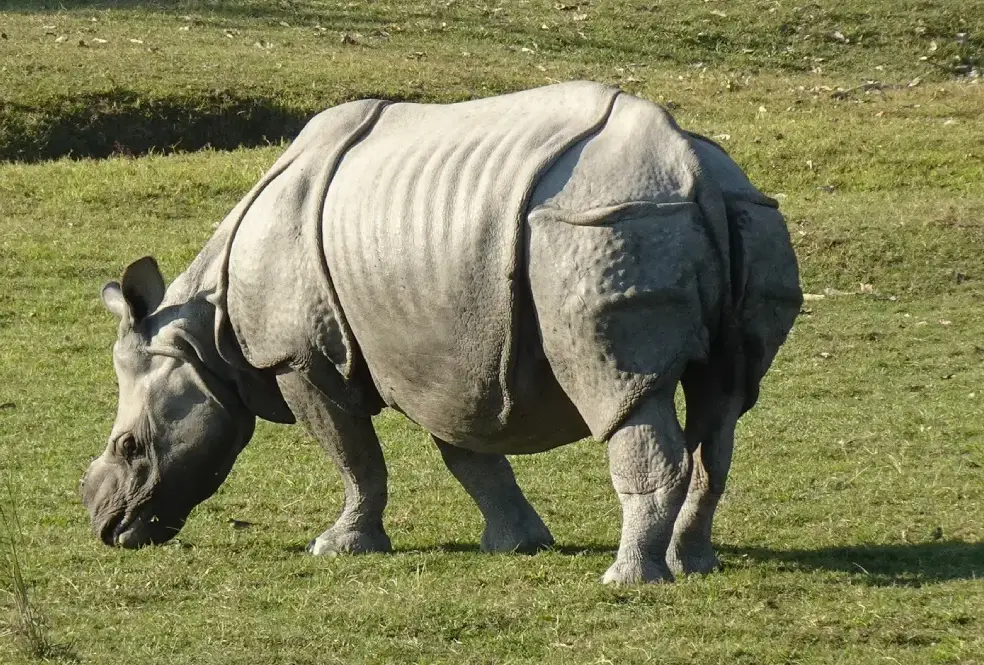

INSURANCE
HEALTH

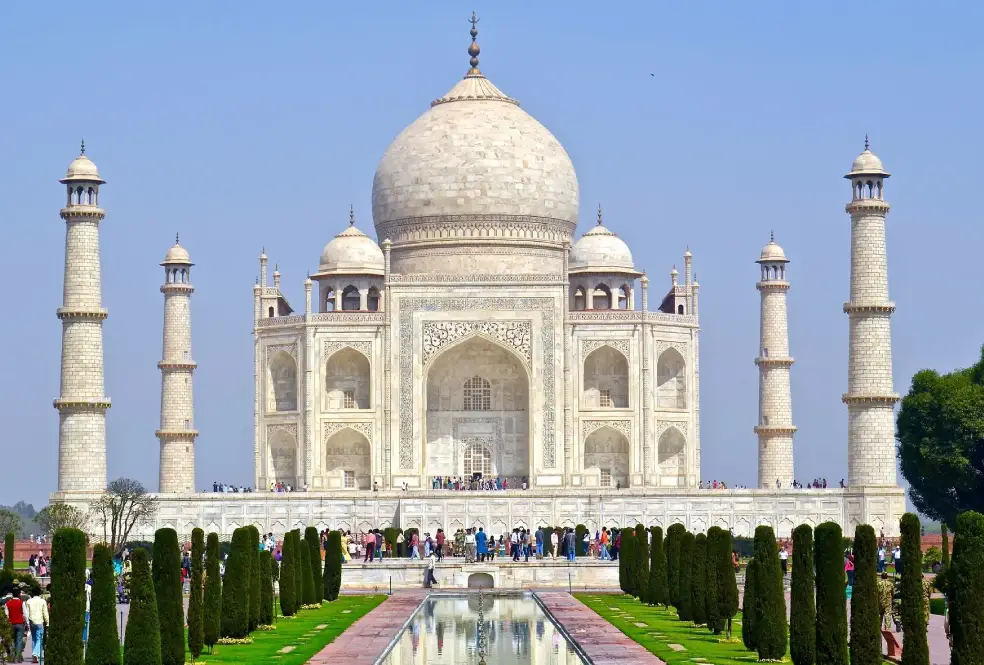

PASSPORT, VISAS
VISA FOR INDIA – US AND CANADA PASSPORT HOLDERS
Visas are required for travel to India. As a British passport holder you have the option to apply for a double entry e-Tourist Visa (valid for 60 days) or a regular one year multiple entry tourist visa for India.
Please be aware of fraudulent online Indian visa websites. We request all our clients to apply for an e-TV (e Tourist Visa) only through the official website:
https://indianvisaonline.gov.in/visa/
REGULAR SIX-MONTH MULTIPLE ENTRY TOURIST VISA
If you are travelling in and out of India more than once in six months or travelling to India more than once on the same trip, then you need to apply for a six month multiple entry tourist visa.
To apply for Regular Six Month Tourist Visa please log on https://indianvisaonline.gov.in/visa/
APPLICATION GUIDELINES FOR REGULAR SIX MONTH VISA WHEN APPLYING DIRECTLY
- Once you have began completing the form, please make a note of your ‘Temporary Application ID’ provided at the top of the screen.
- Always request a 6-MONTH VALIDITY VISA, as the visa will be valid from the date of issue and NOT the date of travel.
- ‘Given Name’ must include all names as shown in your passport the Indian High Commission will may reject the application if middle names are missing.
- Please complete all contact details including telephones numbers.
- Countries Visited: This MUST be completed taking into account the country stamps that appear in your passport or your application may be rejected.
- The photos must be 50mm x 50mm, which is not the standard passport size. The full head to chin must be visible, and that this distance measures between 25mm and 35mm.
- You only need 1 referee in the United Kingdom; this is in case of an emergency.
- Please complete the sample visa form
- Post the completed visa form along with a two photos of 50 mm x 50 mm in white background and passport
- Visa processing time is 5 working day
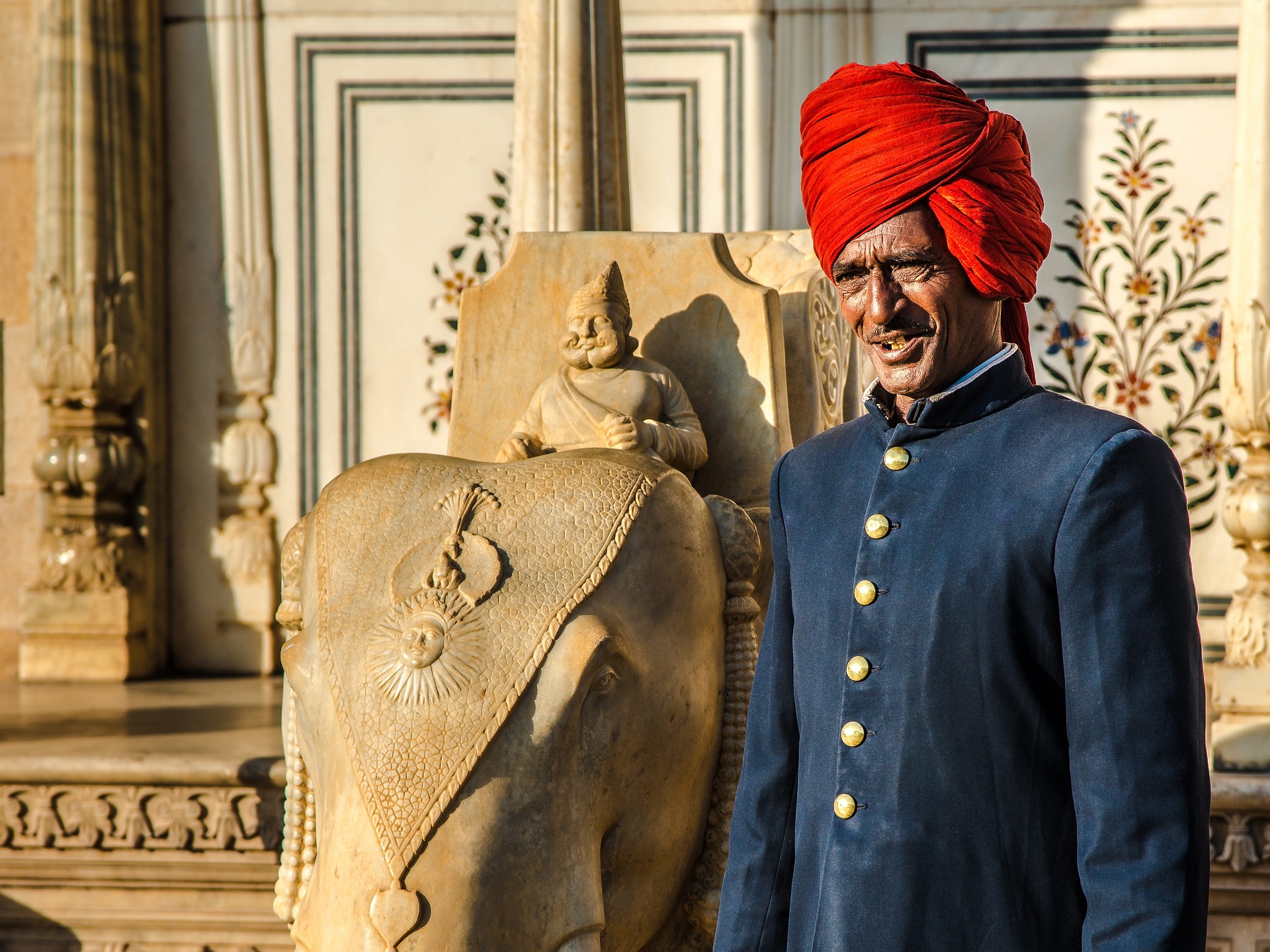
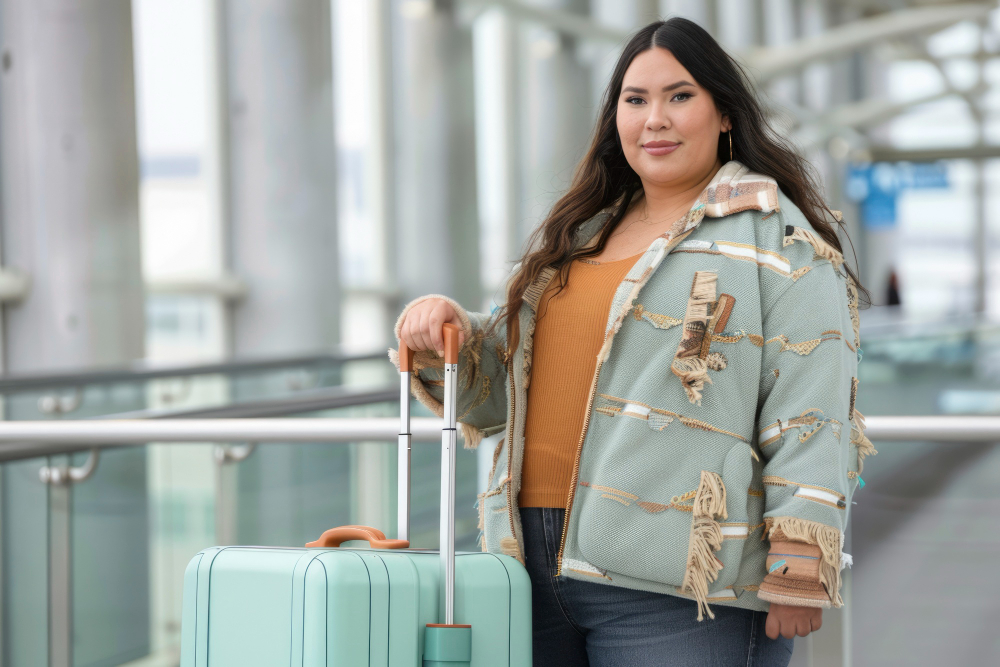
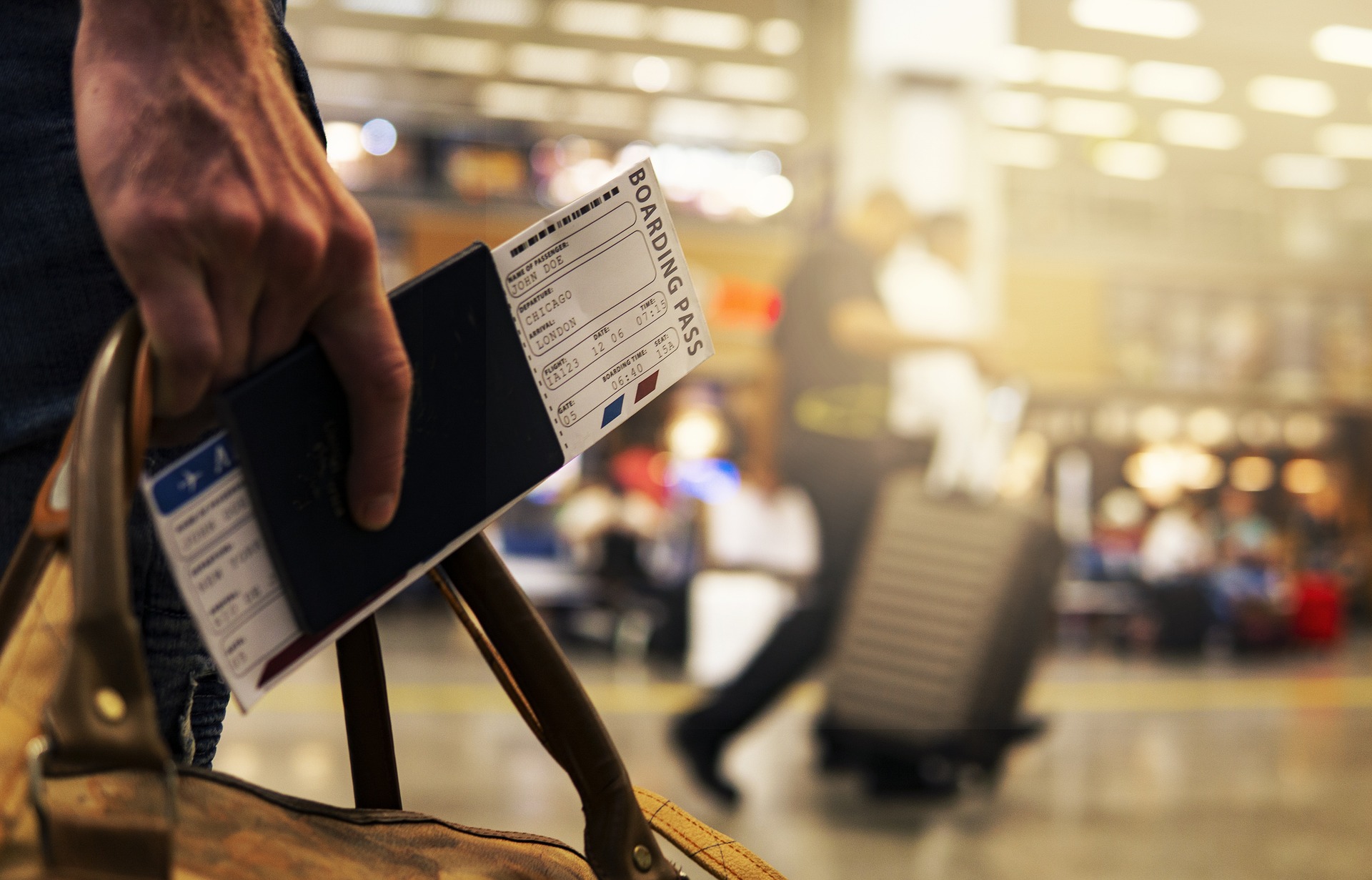
VISA FOR INDIA – US AND CANADA PASSPORT HOLDERS
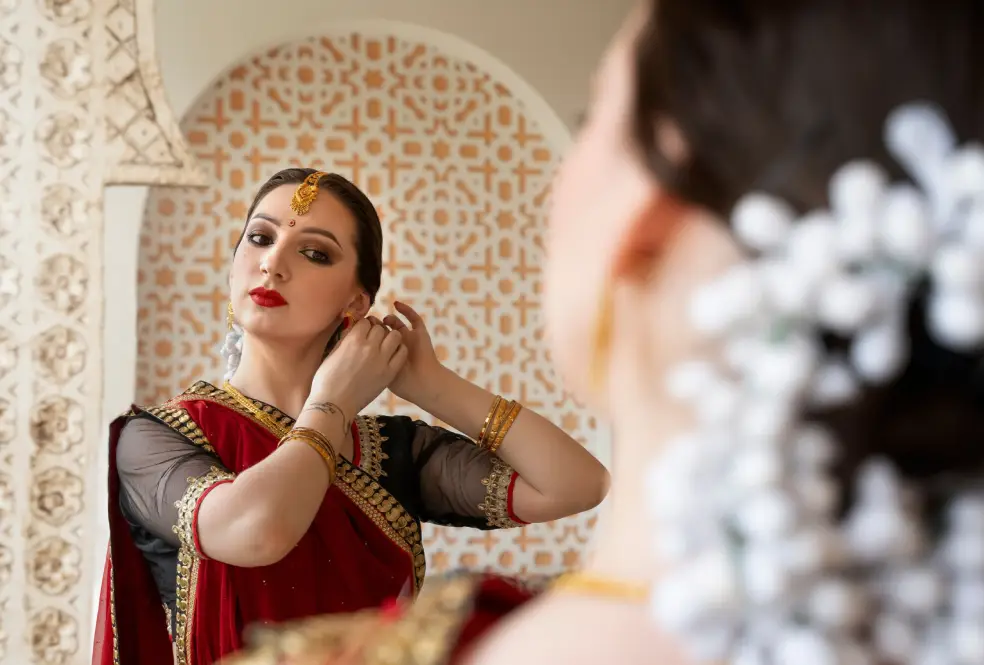
VISA FOR INDIA – US AND CANADA PASSPORT HOLDERS
Bhutan visas are only available through an authorized travel company. SOS Travel House obtains visas for all travellers to Bhutan. Visa applications and documentation will be forwarded to clients during the booking process, completed and returned to SOS Travel House before your departure.
Visa for Nepal – UK, US and Canada passport holders
Applications for visa to Nepal may be obtained through the Nepal Consulate or consular section at the Nepal Embassy. While we encourage travellers to obtain visa in advance of travel, visas may be obtained on arrival into Nepal from the Immigration authorities at all entry points (with fees payable in £ or US$). Contacts in the UK, in the US or Canada
www.nepalembassyusa.org
For US and Canada passport holders seeking complete visa worry-free application process, we suggest CIBT global visa and passport company. Please log in under SOS Travel House’ special account 42757 for discounted rates. CIBT provides visa processing for all destinations around the world.

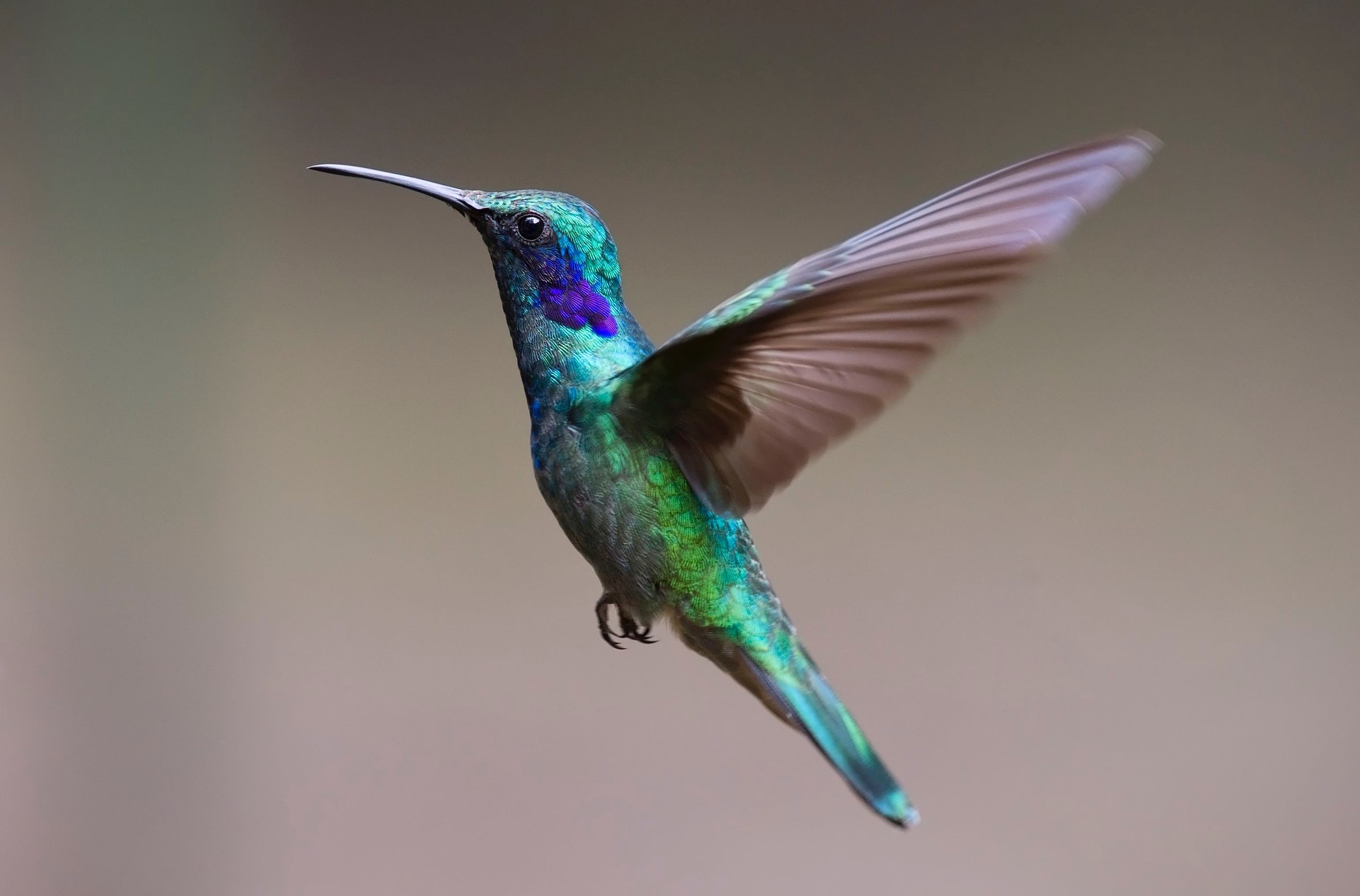
CLIMATE

WHAT TO WEAR
For visits to the Game Parks, we recommend our travellers to wear light woolens and a windcheater as the early morning excursions can be quite chilly, with heavier clothing during the winter months of November to February. Khakis, browns or olive greens are best for blending into the environment. When visiting places of worship and mausoleums there are certain Indian religious customs to be observed. As a token of respect, it is customary to remove your footwear before entering all temples (a pair of light socks is useful if you prefer not to go barefoot), and dress should be fairly conservative, i.e. shorts are not really acceptable. In Jain and Hindu temples leather goods such as belts, shoes and bags will not be permitted.



CLIMATE

VISITING TEMPLES


THE CITIES
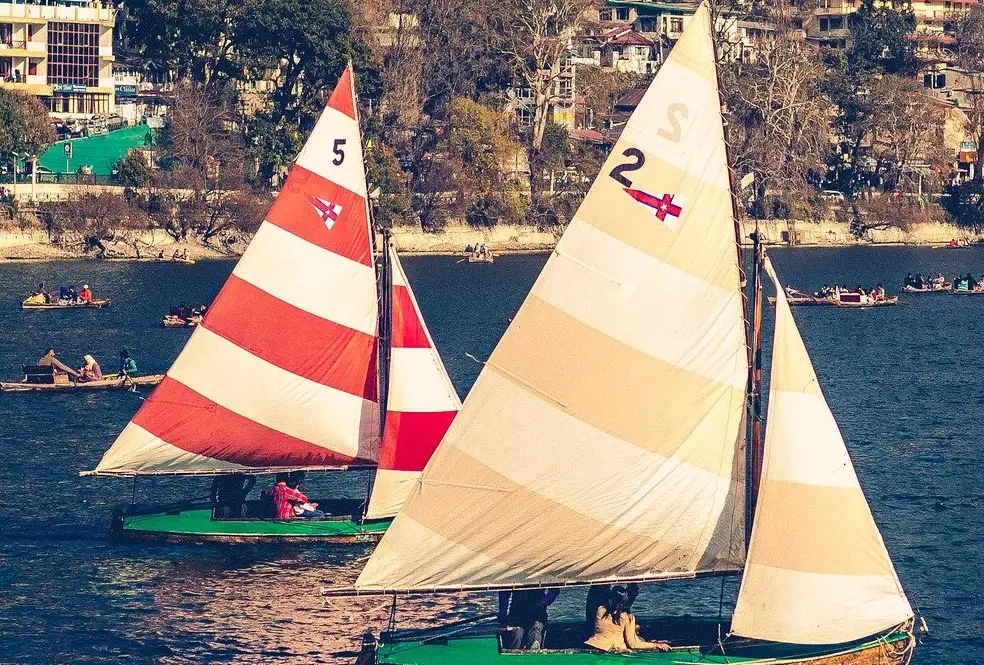
PHOTOGRAPHY


CABS AND CARS
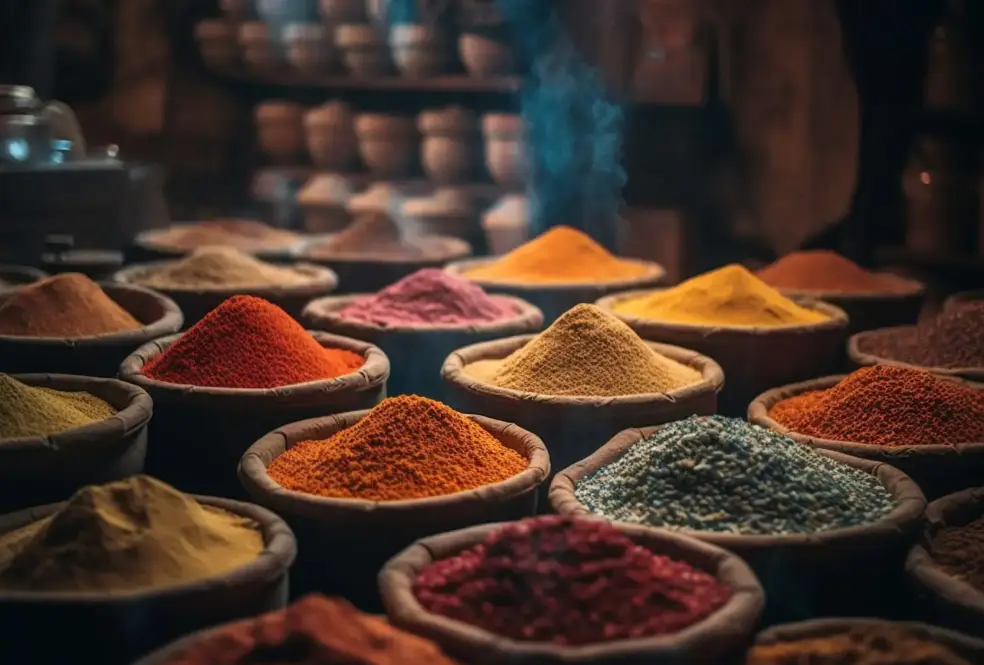
GRATUITIES & TIPPING


CURRENCY
This is entirely at your discretion. However, the following may be helpful. If service is not included in the bill, 10% is usually the accepted amount. Hotel and railway porters will expect about 50 rupees for one piece of luggage and about 200 rupees for a trolley full. At the end of your stay if you wish to tip your sightseeing guide and driver, an acceptable amount for the guide would be 300-500 rupees per day and the driver 500 rupees per day.
This is entirely at your discretion. However, the following may be helpful. If service is not included in the bill, 10% is usually the accepted amount. Hotel and railway porters will expect about 50 rupees for one piece of luggage and about 200 rupees for a trolley full. At the end of your stay if you wish to tip your sightseeing guide and driver, an acceptable amount for the guide would be 300-500 rupees per day and the driver 500 rupees per day.
This is entirely at your discretion. However, the following may be helpful. If service is not included in the bill, 10% is usually the accepted amount. Hotel and railway porters will expect about 50 rupees for one piece of luggage and about 200 rupees for a trolley full. At the end of your stay if you wish to tip your sightseeing guide and driver, an acceptable amount for the guide would be 300-500 rupees per day and the driver 500 rupees per day.
This is entirely at your discretion. However, the following may be helpful. If service is not included in the bill, 10% is usually the accepted amount. Hotel and railway porters will expect about 50 rupees for one piece of luggage and about 200 rupees for a trolley full. At the end of your stay if you wish to tip your sightseeing guide and driver, an acceptable amount for the guide would be 300-500 rupees per day and the driver 500 rupees per day.
This is entirely at your discretion. However, the following may be helpful. If service is not included in the bill, 10% is usually the accepted amount. Hotel and railway porters will expect about 50 rupees for one piece of luggage and about 200 rupees for a trolley full. At the end of your stay if you wish to tip your sightseeing guide and driver, an acceptable amount for the guide would be 300-500 rupees per day and the driver 500 rupees per day.
This is entirely at your discretion. However, the following may be helpful. If service is not included in the bill, 10% is usually the accepted amount. Hotel and railway porters will expect about 50 rupees for one piece of luggage and about 200 rupees for a trolley full. At the end of your stay if you wish to tip your sightseeing guide and driver, an acceptable amount for the guide would be 300-500 rupees per day and the driver 500 rupees per day.
This is entirely at your discretion. However, the following may be helpful. If service is not included in the bill, 10% is usually the accepted amount. Hotel and railway porters will expect about 50 rupees for one piece of luggage and about 200 rupees for a trolley full. At the end of your stay if you wish to tip your sightseeing guide and driver, an acceptable amount for the guide would be 300-500 rupees per day and the driver 500 rupees per day.
